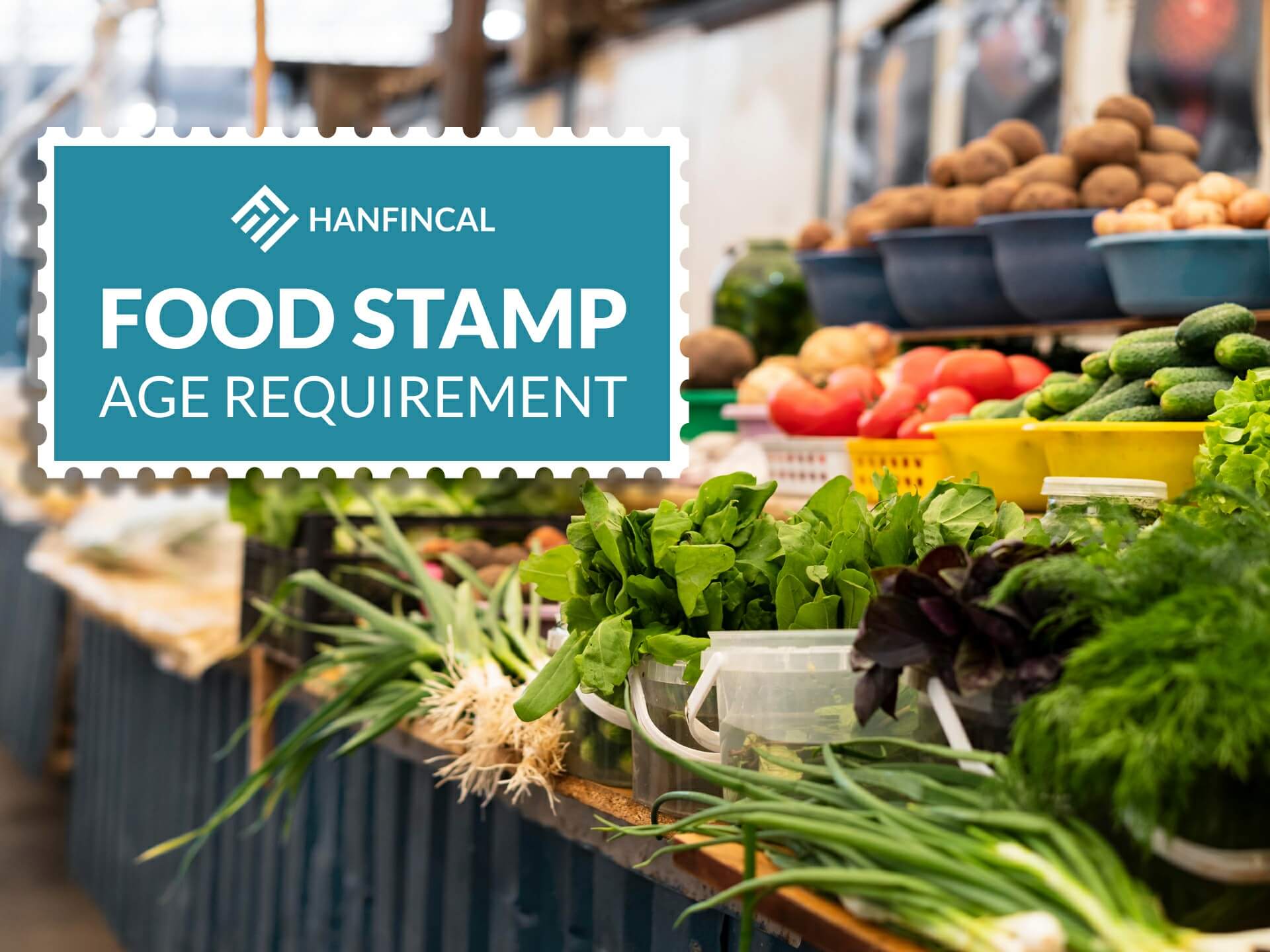During the pandemic, emergency food card benefits have been a lifeline for millions of families, but they may run out shortly. If living costs rise, a group of people will face pressure. So how to get more benefits and make a balanced life?
We’ve chosen to consolidate all of this information on one page and update it for your convenience to make everything as clear as possible. To find out the answer to “how long will the increase in food stamps last?”, read the article from Hanfincal below!
1. Why is there an increase in food stamps?
In the last few years, there have been both temporary and permanent increases in food stamps. Since these programs often run at the same time, it can be hard to keep track of them. There are three main factors behind the increase in food stamps:
As part of the American Rescue Plan, the government enacted a 15% temporary hike between April 2021 and September 2021.
A permanent 27% price increase was also imposed on the Thrifty Food Plan in October 2021 when it was finally updated. As a result, each person received an extra $12 to $16 per month. It was called a “historic boost” for food stamps because it was the biggest percentage increase in food stamps in the program’s history.
The USDA has granted exemptions to states so they may temporarily increase in food stamps eligible families get via emergency allotments or supplements. Only states that have declared an emergency or catastrophe are permitted to utilize these monthly emergency allotments.
Don’t have an EBT card yet? We can help you get one immediately. Click here!
2. How long will the increase in food stamps last?
In April 2022, the Biden administration authorized the extension of emergency allocations till August 2022. If President Biden declares another 90-day emergency declaration for the epidemic in July, this might be prolonged much longer.

How long will the increase in food stamps last?
2.1. How much did the emergency SNAP benefits provide?
| Household Size | Maximum Benefit |
| 1 | $250 |
| 2 | $430 |
| 3 | $658 |
| 4 | $835 |
| 5 | $992 |
| 6 | $1,190 |
| 7 | $1,316 |
| 8 | $1,504 |
| Each additional member | $188 |
Consider these examples to be more clear:
- The maximum monthly benefit for a three-person family is $658. Therefore, if your family is only qualified for $200 per month, you will get a second emergency allocation of $458 to reach the maximum.
- If you get the maximum SNAP benefit for your family size in your first monthly payment, you will receive a second emergency allocation of $95 (regardless of household size).
- Households whose initial payment is close to the limit (less than $95 away) will get emergency allotments of $95 each.
2.2. Which states will be impacted by it?
For states that have declared an emergency, there will be no more SNAP benefits if the federal government does not extend them.
The following states (and territories) may be affected if the increased assistance is not renewed:
- Alabama.
- Alaska.
- Arizona.
- California.
- Colorado.
- Connecticut.
- Delaware.
- The District of Columbia.
- Georgia.
- Guam.
- Hawaii.
- Illinois.
- Indiana.
- Iowa.
- Kansas.
- Kentucky.
- Louisiana.
- Maine.
- Maryland.
- Massachusetts.
- Michigan.
- Minnesota.
- New Jersey.
- New Hampshire.
- New Mexico.
- New York.
- North Carolina.
- Ohio.
- Oklahoma.
- Oregon.
- Pennsylvania.
- Rhode Island.
- South Carolina.
- Texas.
- Virginia.
- Virgin Islands.
- Washington.
- West Virginia.
- Wisconsin.
- Wyoming.
You can also use your EBT card to buy various types of products online at Amazon. Here are some TASTY & CHEAP SNAP-eligible groceries with FREE delivery that we highly recommend for you.
3. How to get more food stamps?
If there is no extension for food stamp benefits, knowing how to get more food stamps is better.
There are three things you need to take note of now to get an increase in food stamp benefits. When applying for food stamps, there are a few common blunders that individuals make. You might be punished if you disclose your roommate’s rent because of the additional person living in your home. The most common mistake, on the other hand, is failing to take full advantage of the tax breaks available to you.

How to get more food stamps?
3.1. Over 95% don’t claim these deductions
Deductions affect your monthly food stamp allowance. The algorithm uses your net revenue after costs. People don’t obtain extra food stamps because they don’t disclose their costs and deductions.
- Standard Deduction
We all have inevitable costs, like toilet paper. Instead of itemizing small costs, the government provides a standard deduction. This one is handed to everyone automatically.
- Earnings Deduction
Earnings deductions are automatic if you have a job. 20% of your income.\This deduction covers work-related expenses, payroll taxes, and more. It’s a work incentive since it benefits workers. Over half of food stamp families with children get this reduction. 32% of SNAP families take this deduction.
- Child Support Deduction
If someone in your family pays child support, you may deduct the whole amount. 2% of food stamp families claim this credit. If you pay child support but didn’t tell the food stamp agency, you may get additional money each month.
- The Medical Expense Deduction
You may deduct a handicapped or senior citizen’s out-of-pocket medical expenses. 5% of families claim this credit. 60-year-olds may take this deduction. It’s offered to handicapped people of any age who fulfill USDA criteria.
- Excess Shelter Cost Deduction
When people got food assistance, they didn’t include their phones, trash, and other bills. The paperwork seemed unnecessary. If they’d done it right, they could’ve gotten more food assistance.
- Homeless Shelter Deduction
Housing prices might help you receive more food stamps. Homeless people find this difficult. You may obtain additional food stamps if you can verify temporary accommodation, motels, or friend housing fees.
3.2. Report reductions in income right away!
There is a family who had their income cut in half but didn’t get food stamps. This family struggled for months before re-certifying and receiving extra food assistance. Don’t make the same mistake again! Report any income changes immediately.
3.3. Don’t include other people’s income if you don’t have to.
Clarifying your home might be helpful. Ensure the staff knows your living condition to acquire extra food assistance. A household is a group of people who live, shop, and prepare meals together. Your household includes your spouse, children, or anybody you live with and eat with.
How long will the increase in food stamps last? Though there is no official response to this question, there are some useful methods for obtaining extra food stamps. Hanfincal believes that the information we give will support you in making the most of your food stamp budget. Thus, do not miss out on any post for the latest update on your benefits!




